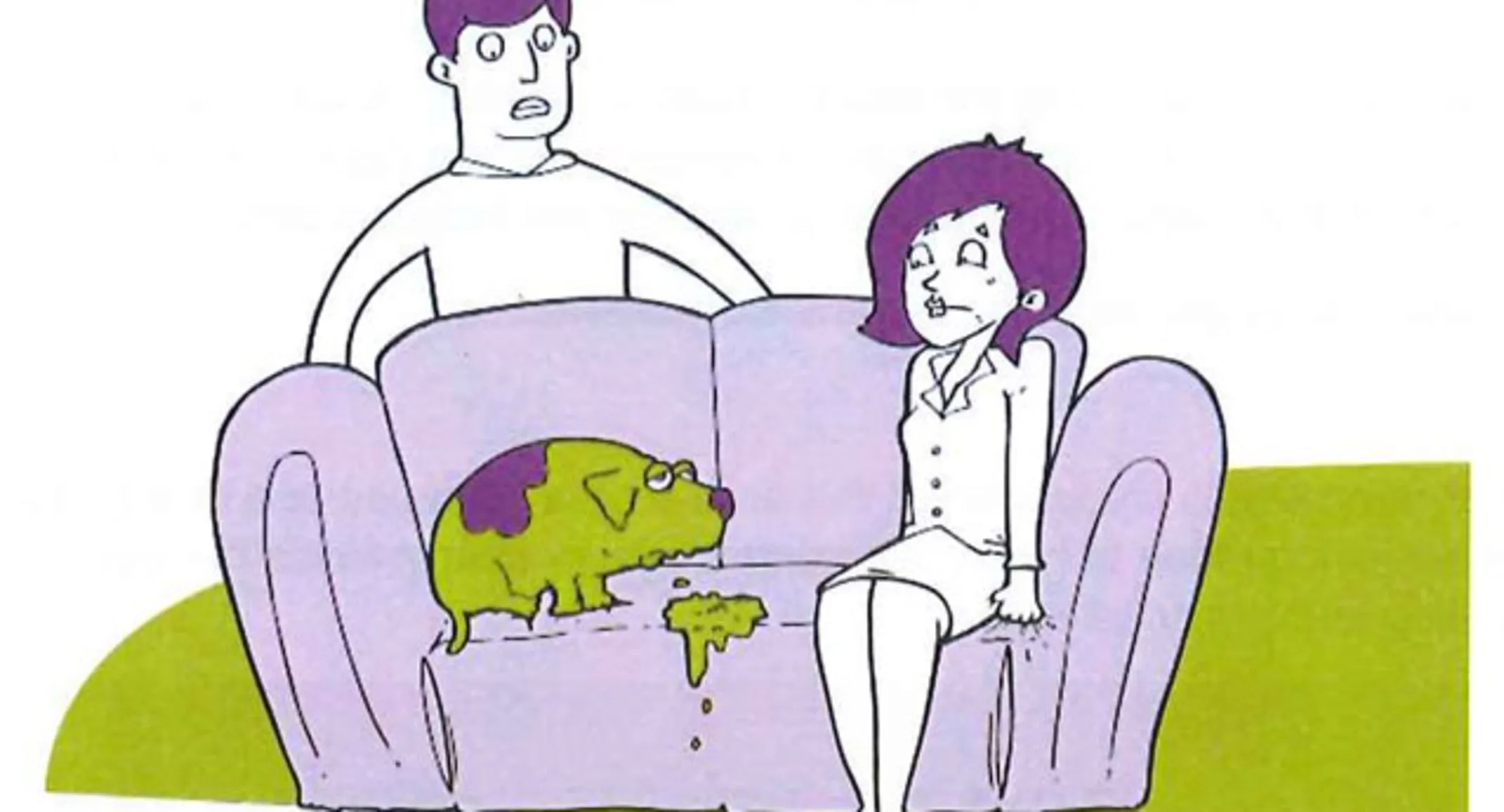Pancreatitis
Pancreatitis Warning

Let’s focus on one such topic that affects canines: pancreatitis.
We bring up the pancreatitis discussion at this time of year because one of the most common underlying causes is ingestion of highly fattening foods, or simply foods our pets are not used to (think: roast turkey and gravy leftovers)
While pancreatitis can sometimes be triggered by unknown causes, we veterinarians certainly see a surge in this disease around the holiday season, when it is common for pets to receive leftover scraps, or rummage through tossed scraps in the trash. The vast majority of human foods is far too rich for our sensitive canine companions, and in some situations, can easily trigger a bout of pancreatitis (or other gastrointestinal upset / disease processes).
Pancreatitis is a complex metabolic issue that can present itself in many different ways. When describing pancreatitis, there is quite a range of severity in which we see this disease, from very benign with minimal clinical signs, to severe and debilitating and potentially even leading to Sepsis and death. As a Veterinarian, pancreatitis is always a differential diagnosis. When our patient is presenting for nausea or vomiting, as this is one of the key clinical signs of the disease. Sometimes diarrhea will be present, but not always. Depending on the severity of the pancreatitis outbreak, the patient may also be acutely painful in the abdomen.
Diagnosis typically involves blood work. At Animal Oasis, we carry a convenient quick-answer test known as a SNAP cPL (canine Pancreatitis Lipase) test that indicates a positive or negative.
There is also a Spec cPL that can be sent to an outside laboratory which will give a definitive number. Less than 200 is considered normal, then there is a gray zone (typically the mild cases) which lie between 200-300, and we have even seen some numbers that range as high as over 2,000 (Severe!). X-rays will sometime depict a haziness in the area of the pancreas, or an internist veterinarian may see similar effects via ultrasound.
Despite the benefits of these diagnostic tests, it is always important to take the results into account with how the patient is presenting – are they in severe pain? Are there serious secondary gastrointestinal effects occurring? Even though we have a very strong positive on One test, is our patient acting clinically normal other maybe some mild gastrointestinal signs? The answers to these questions will guide our clinical treatment of the disease. Treatment can range from fluids and anti-nausea medication to hospitalization with intensive supportive care and pain medications.
If you feel that your pet is exhibiting signs of nausea and vomiting, be sure to see your Veterinarian about how to diagnose and treat. As a preventative measure, remember during Thanksgiving and the rest of the holidays (or at any time of year, for that matter!) to avoid feeding your dog scraps from our delicious lavish feasts. Let’s let the worst GI side effects from the holidays be a little heartburn for ourselves and nothing more!
